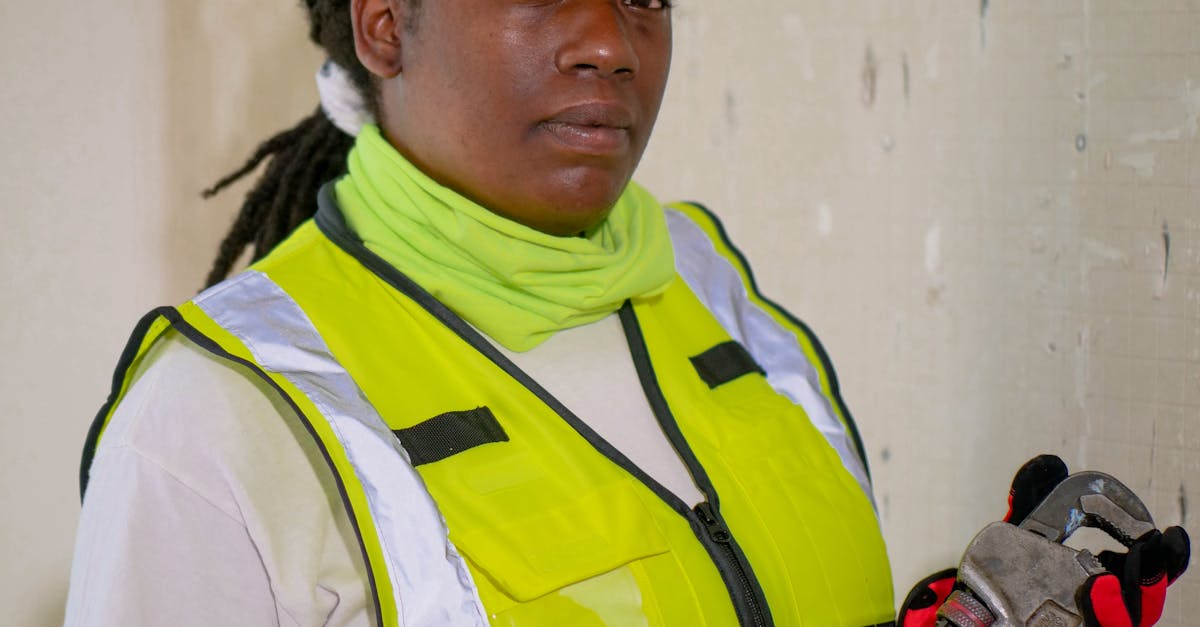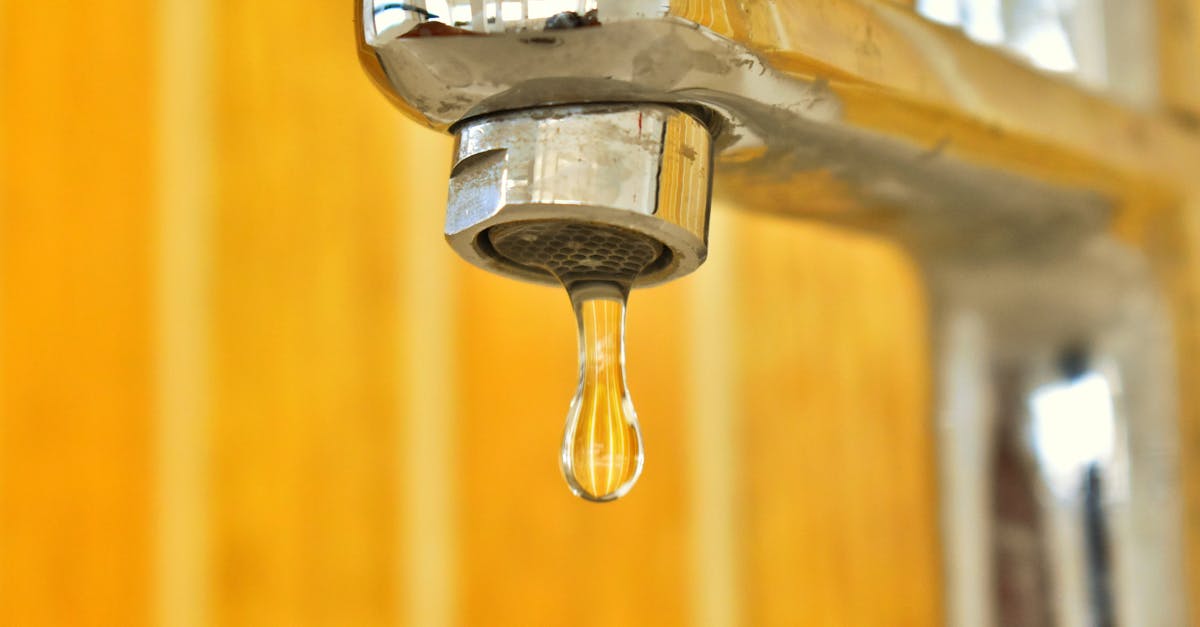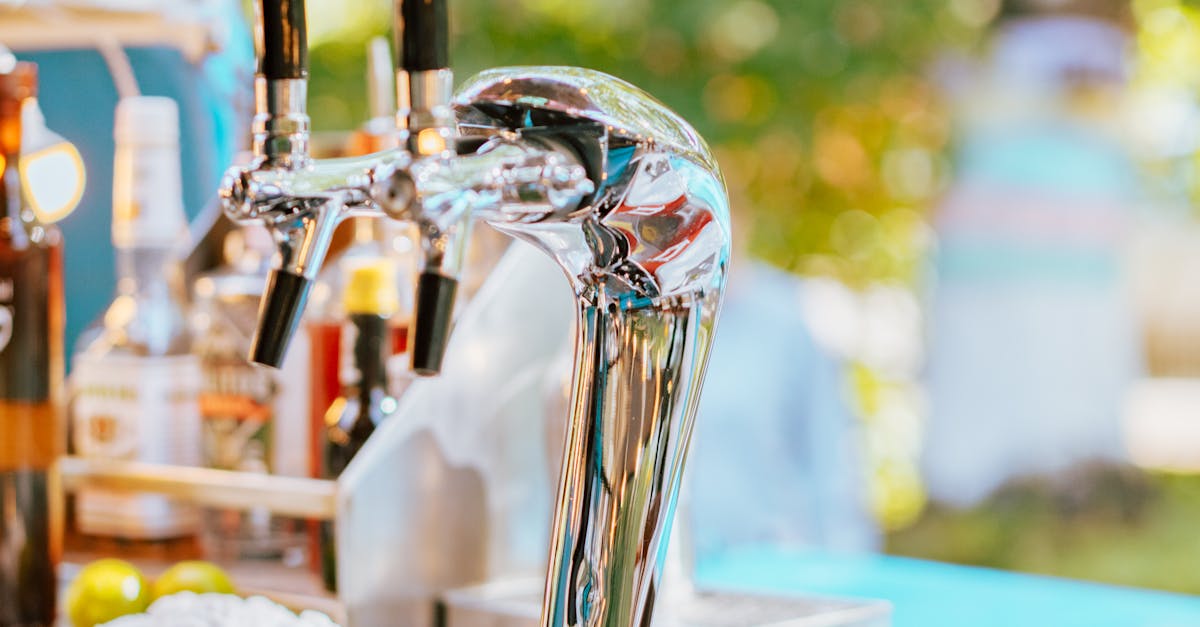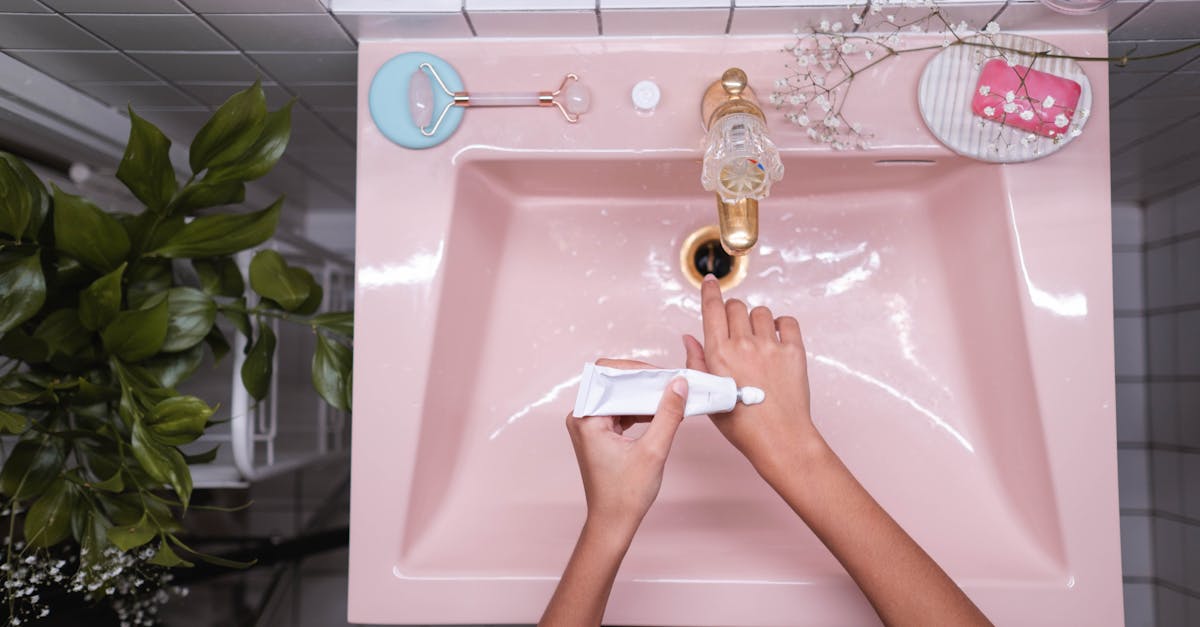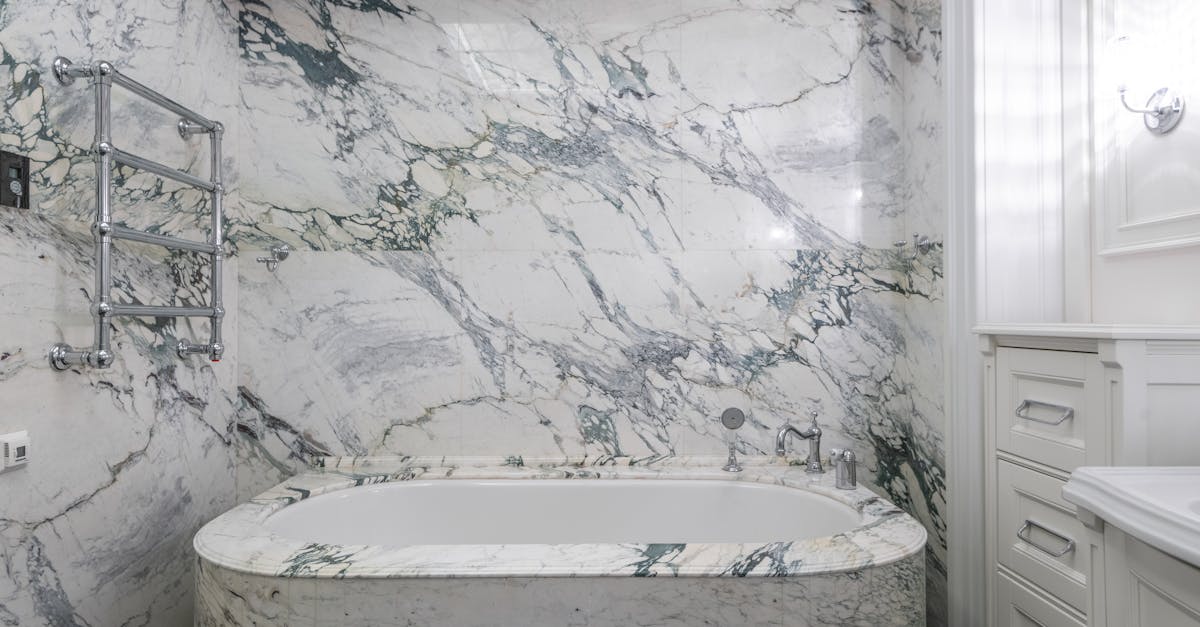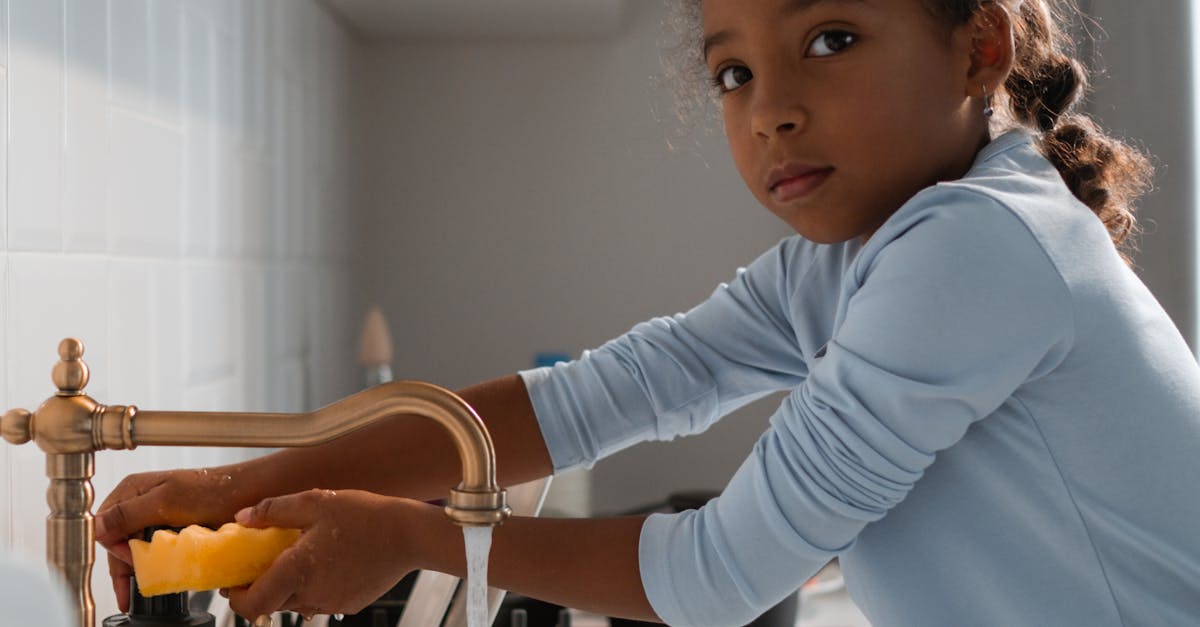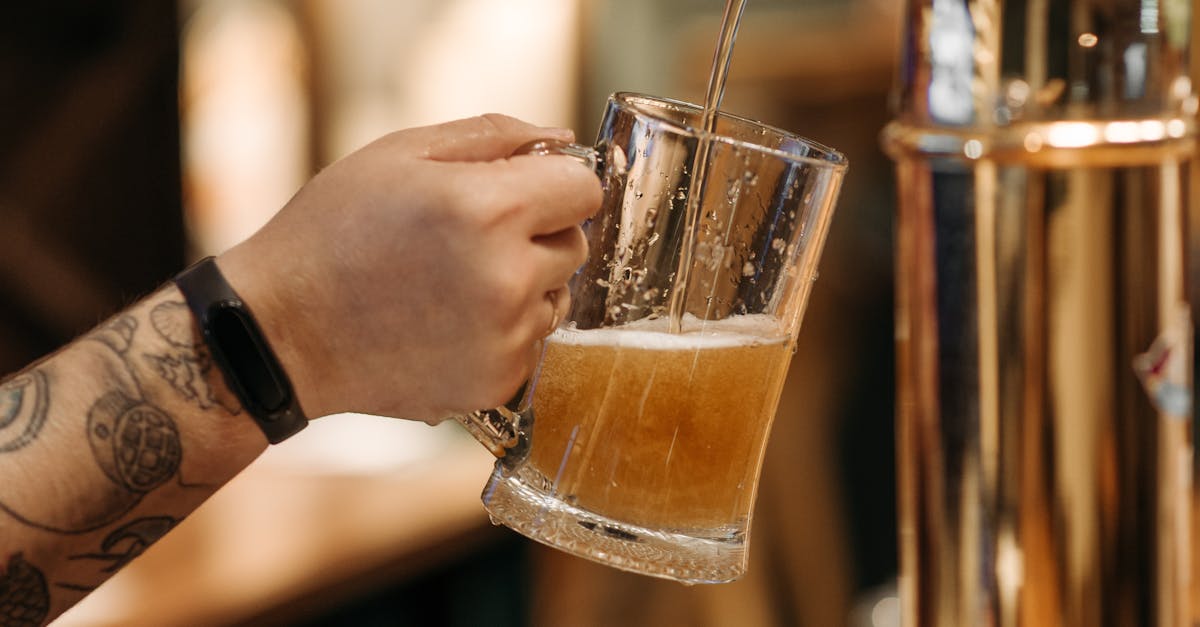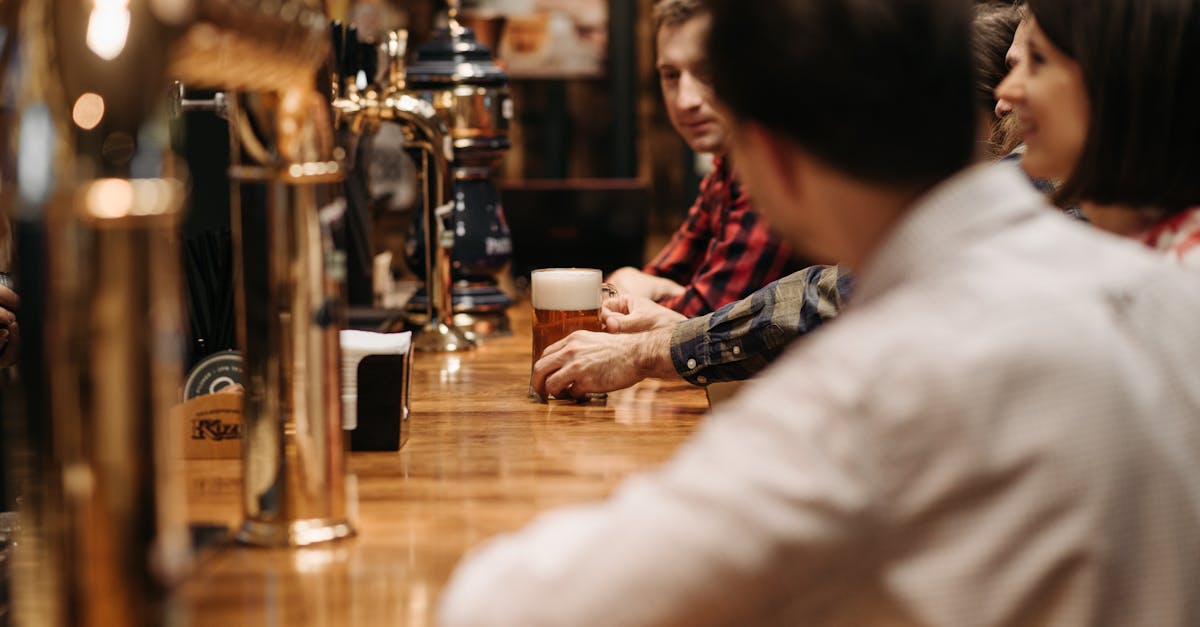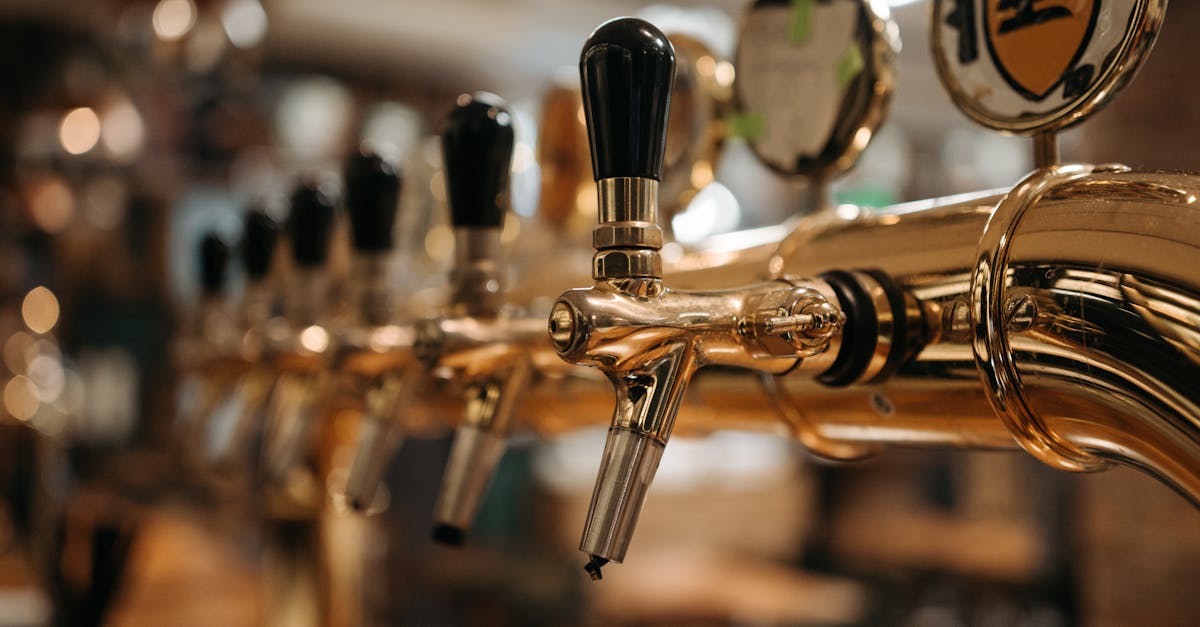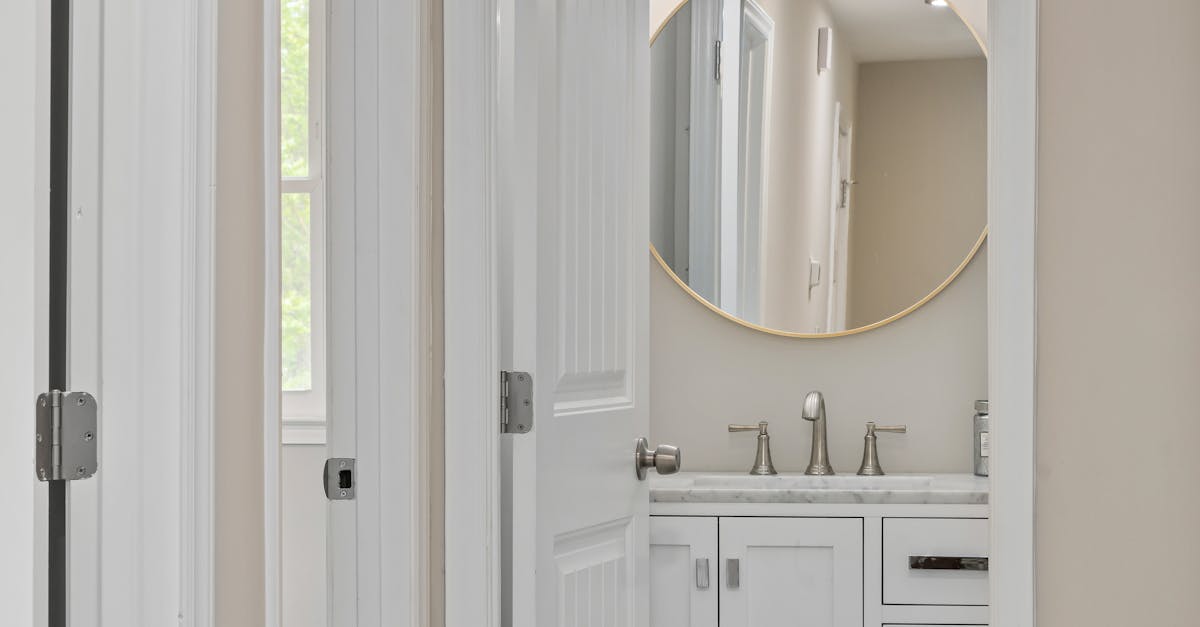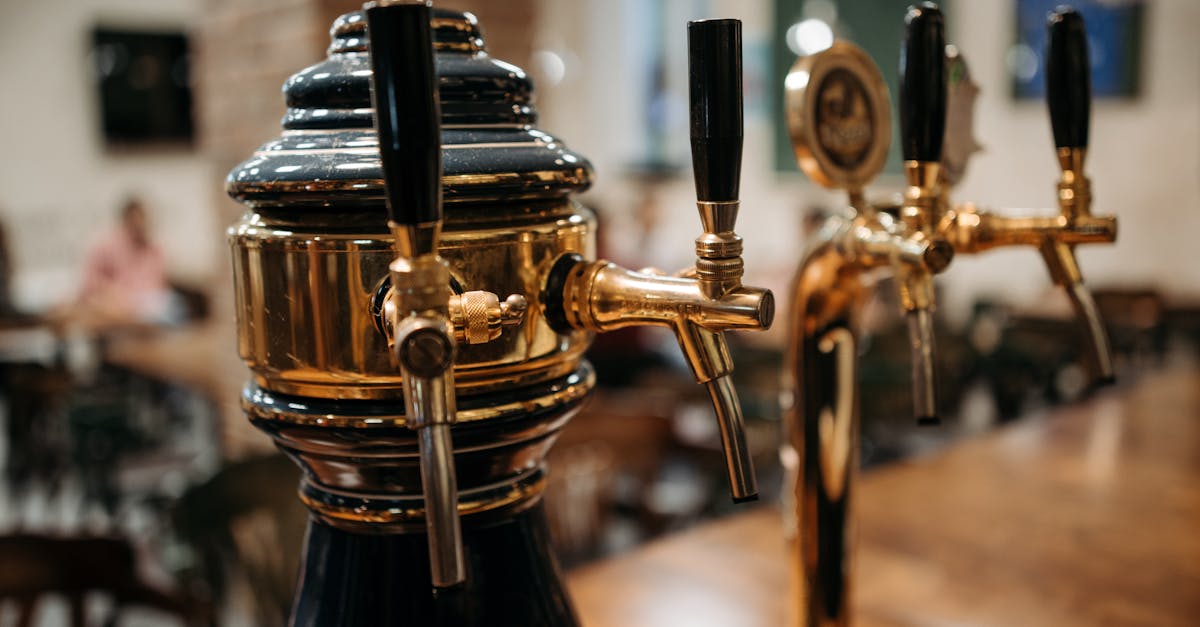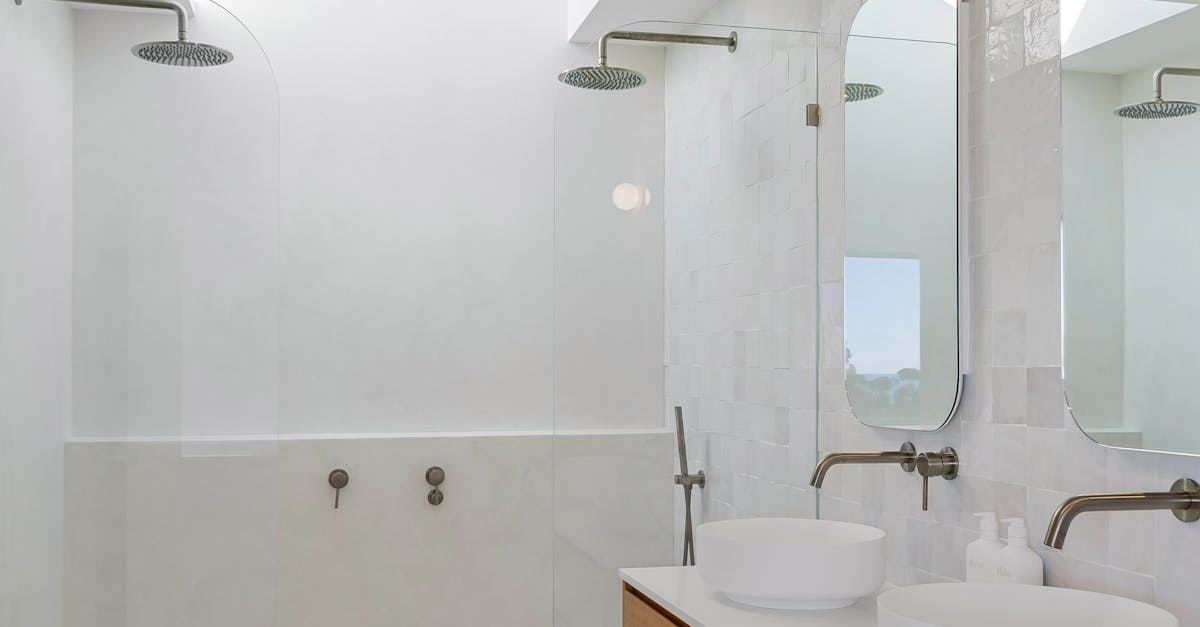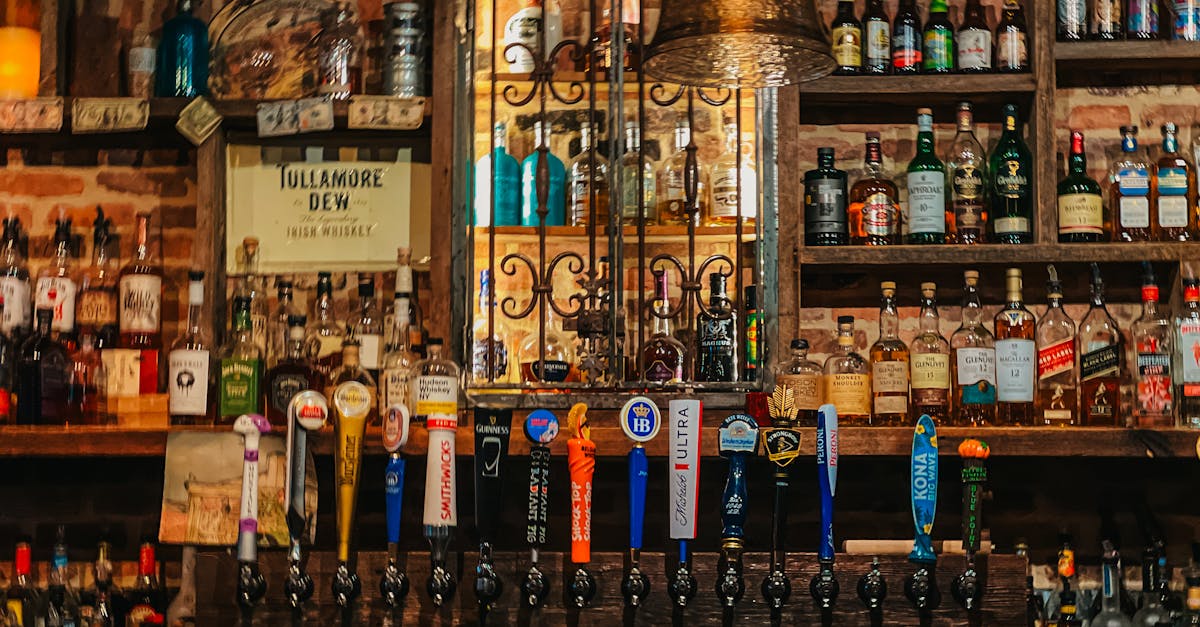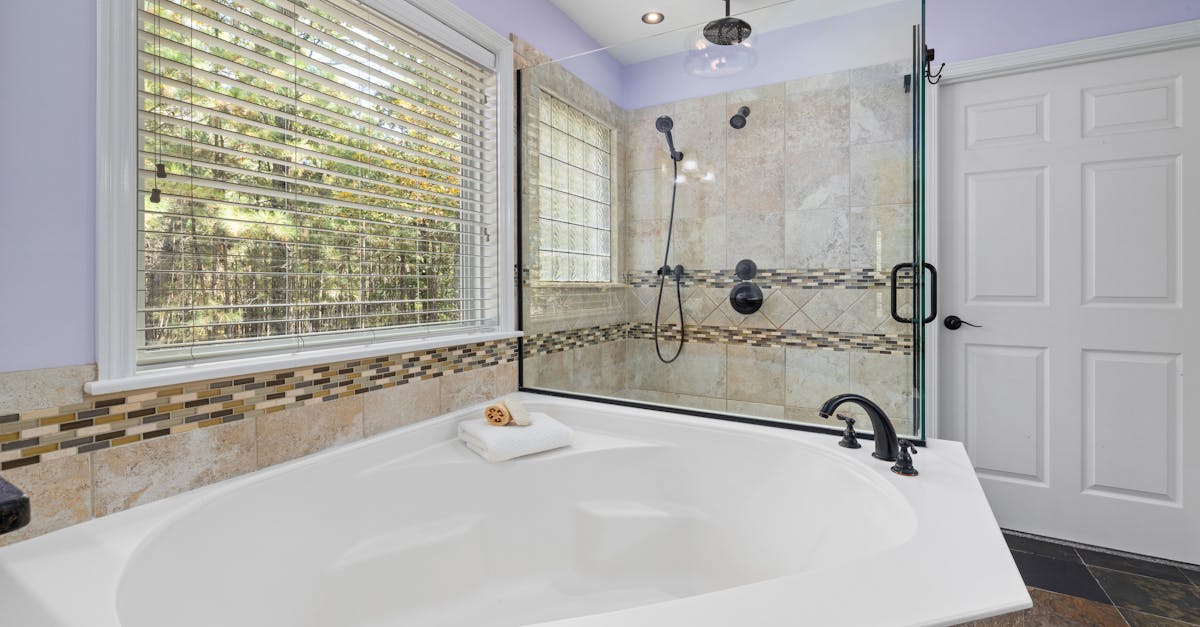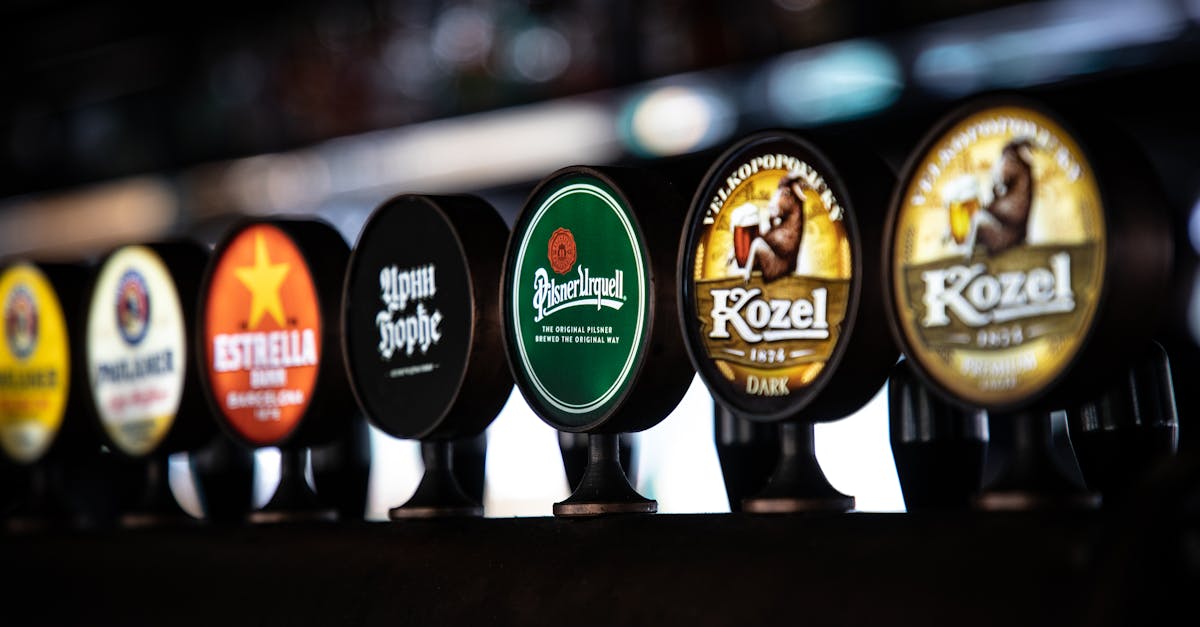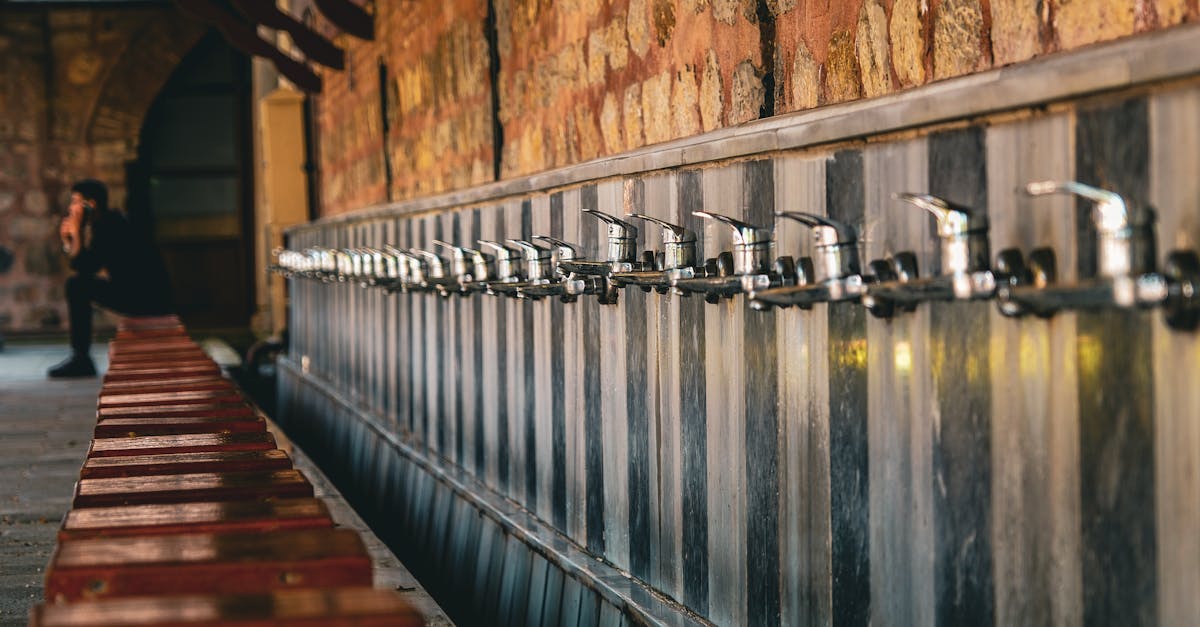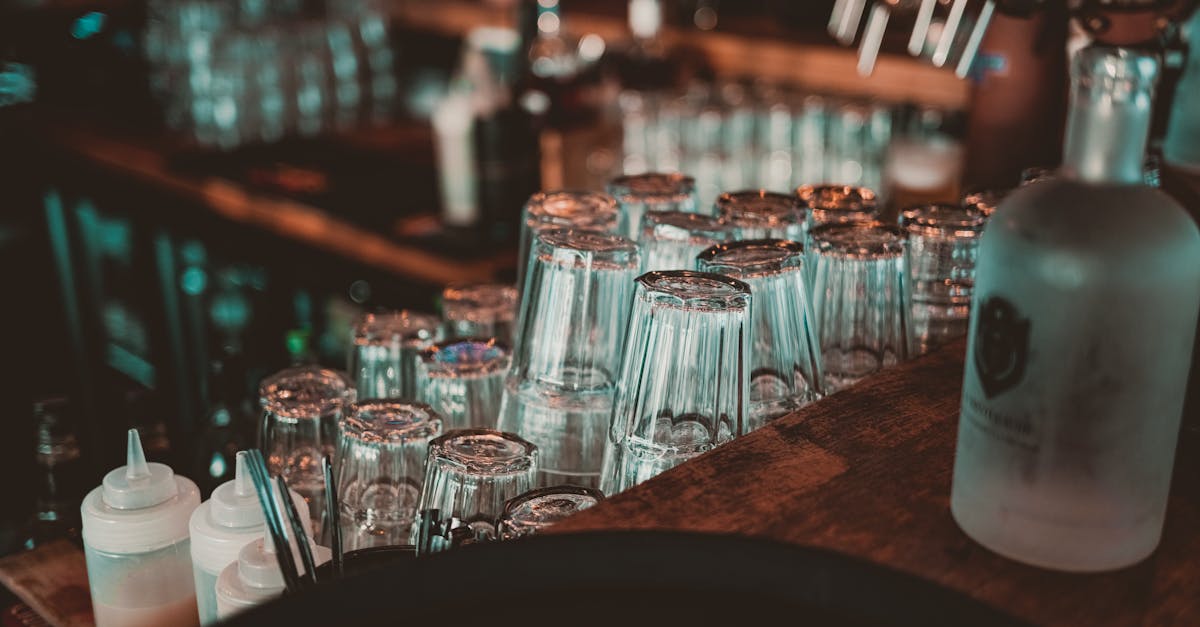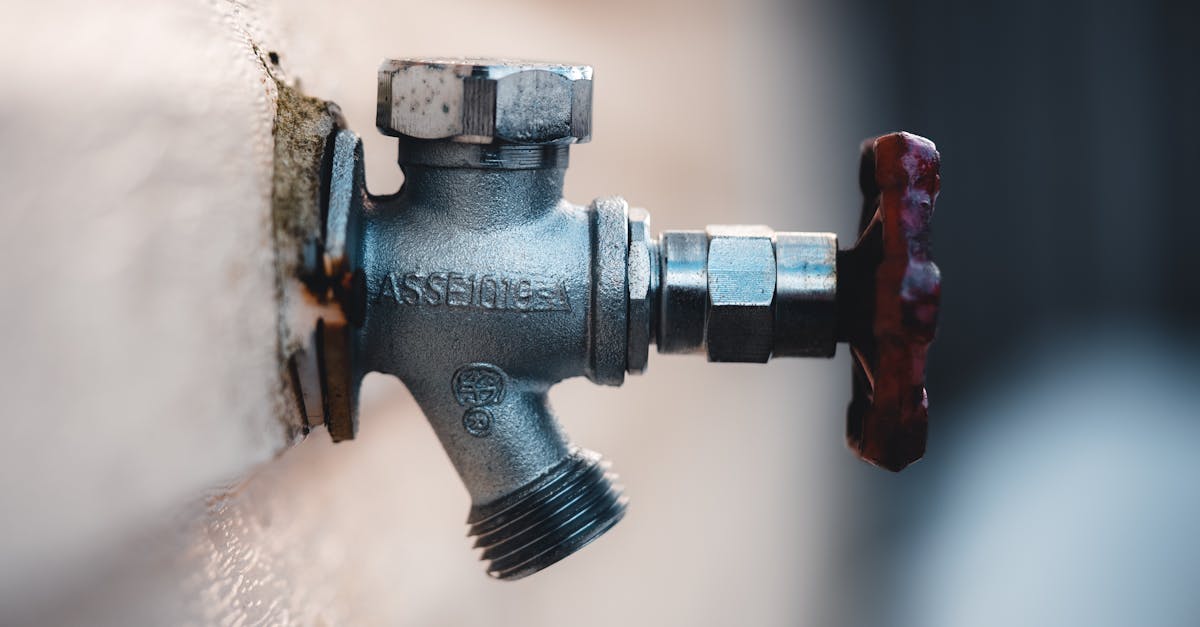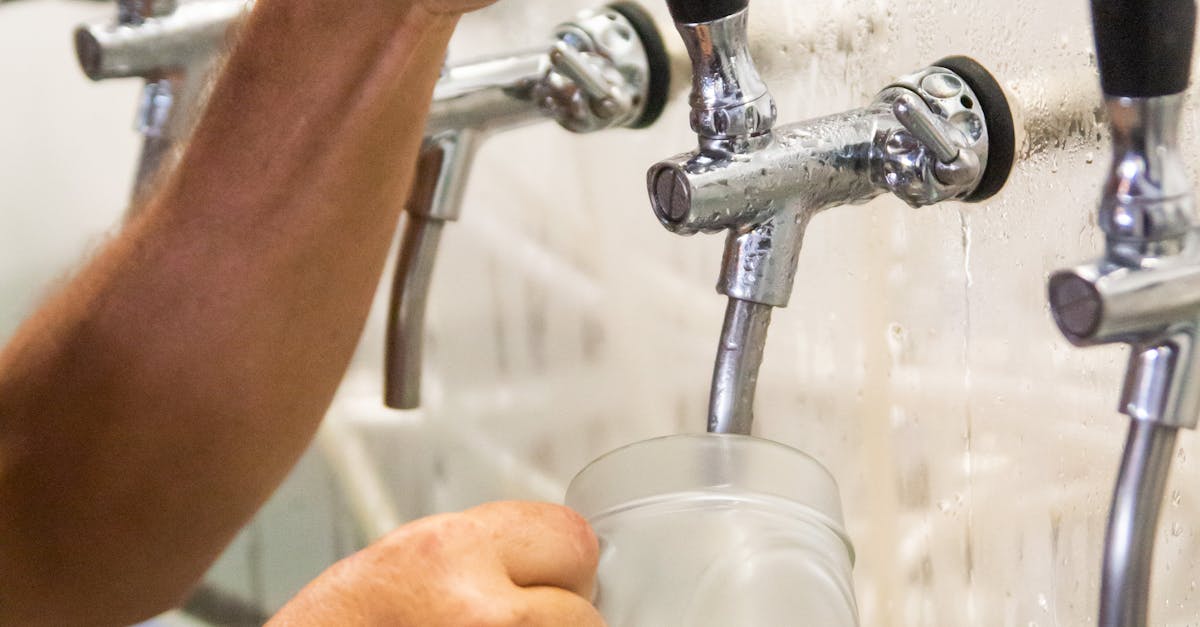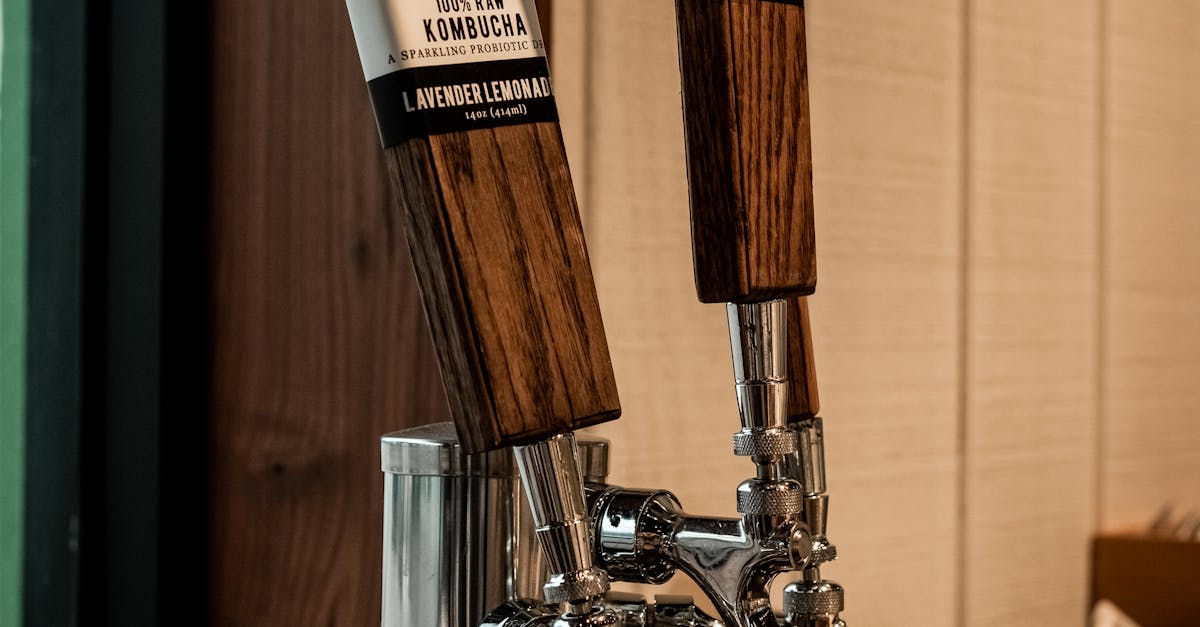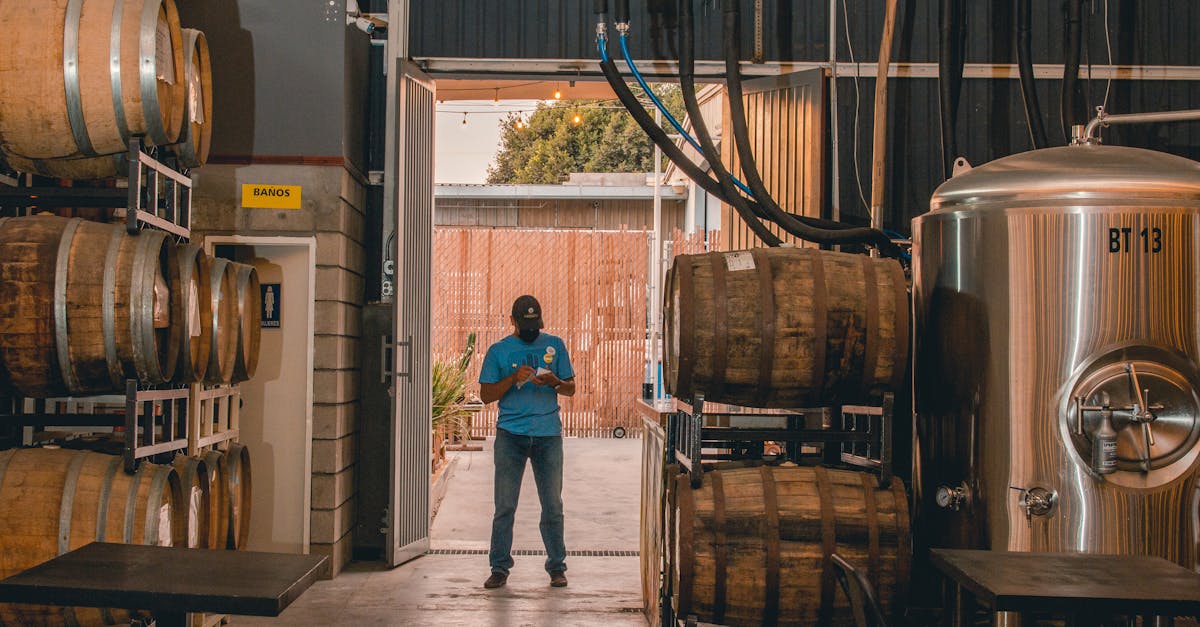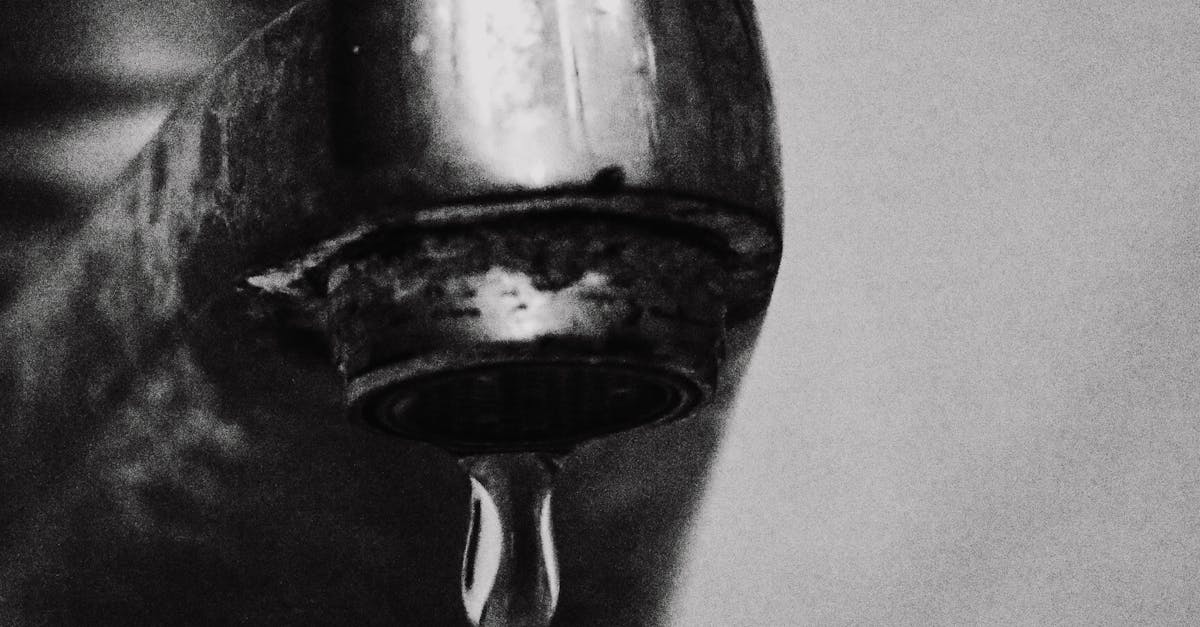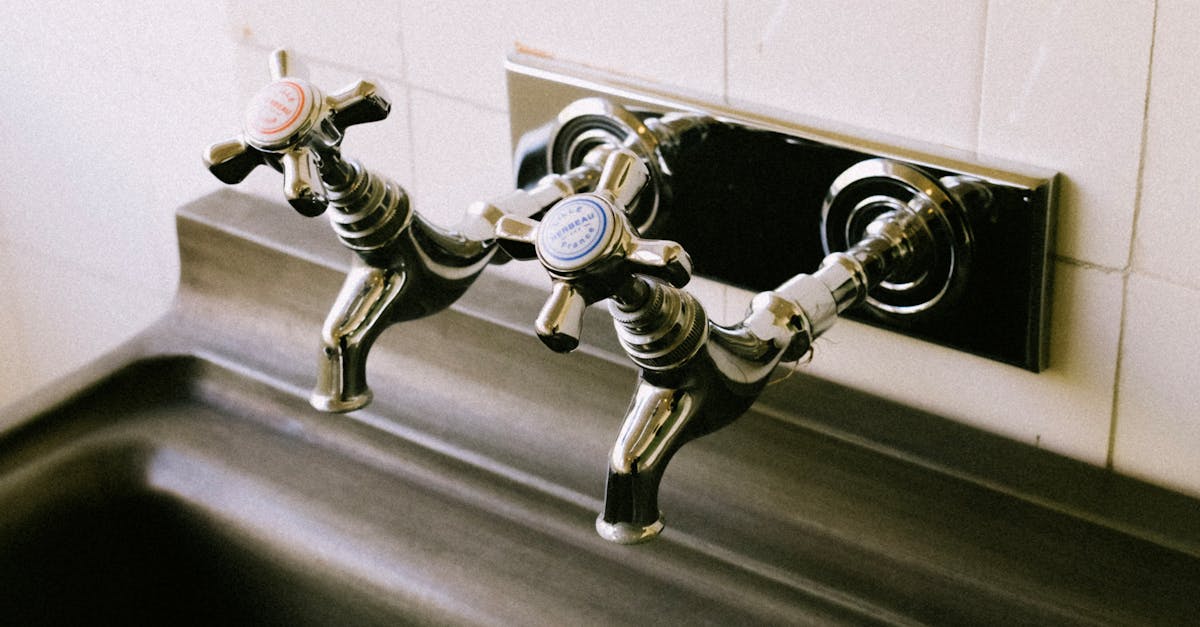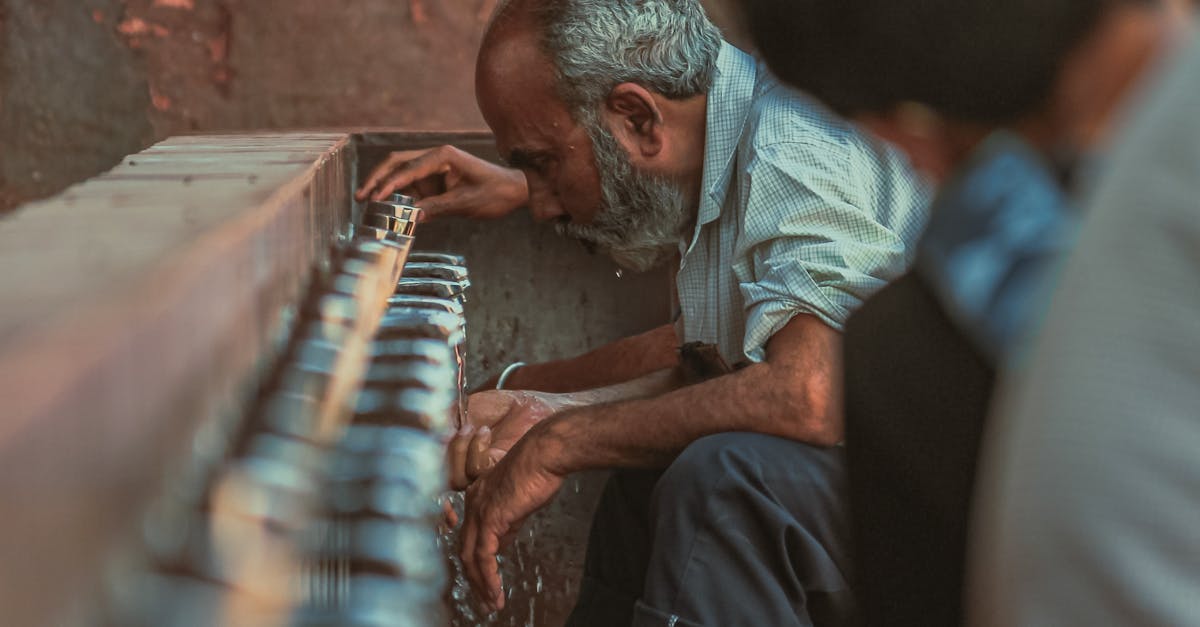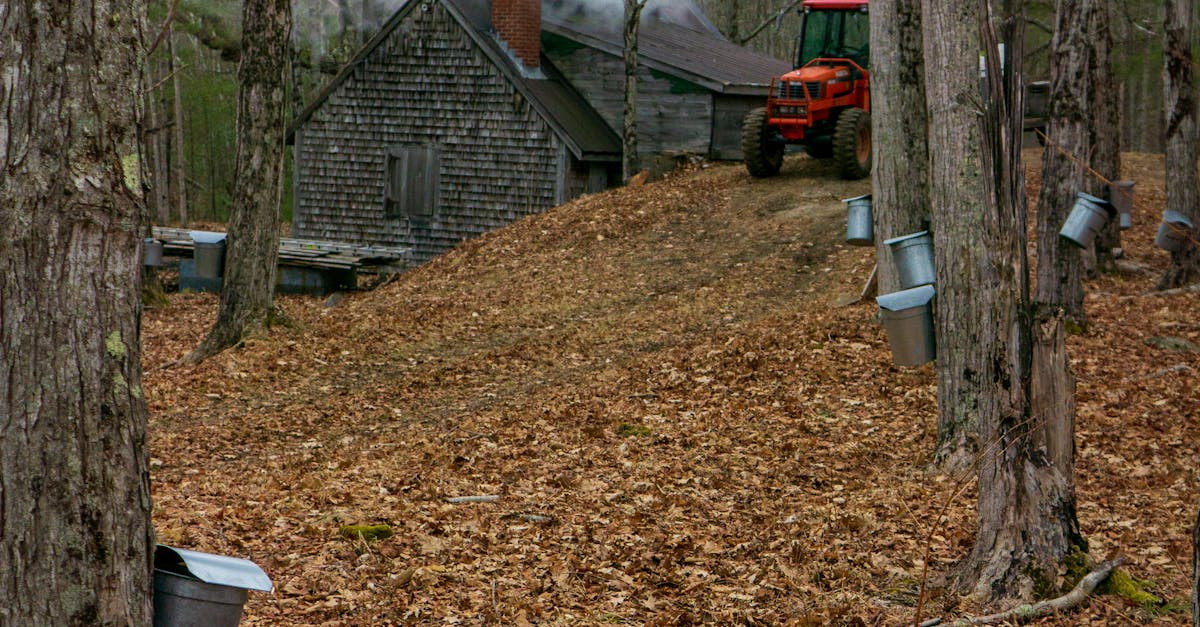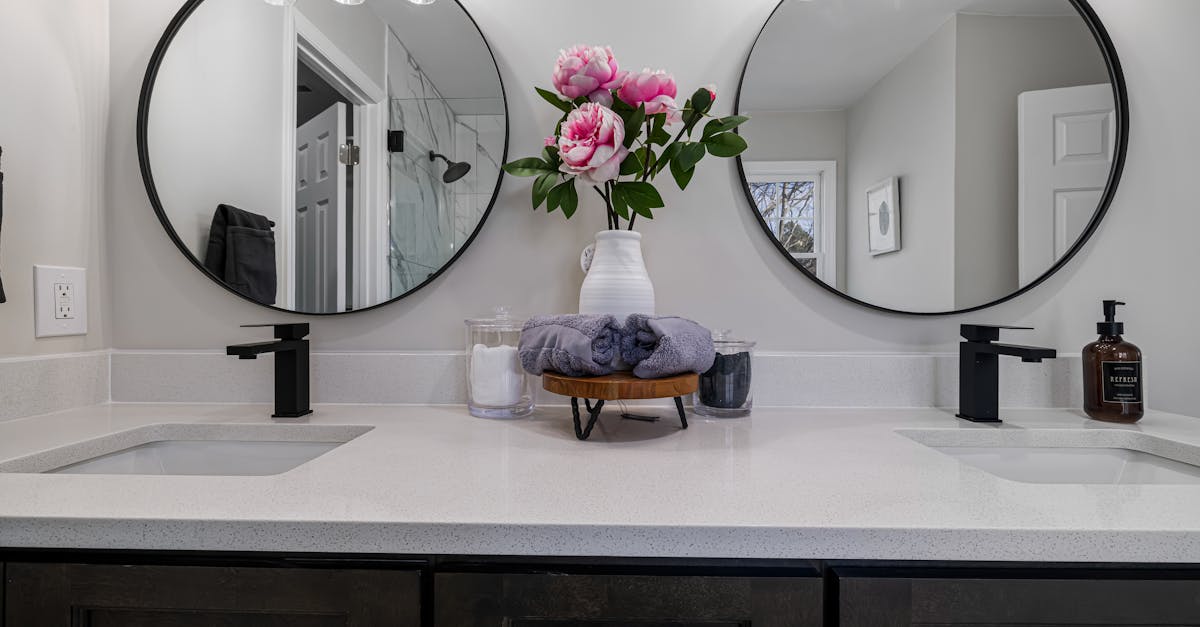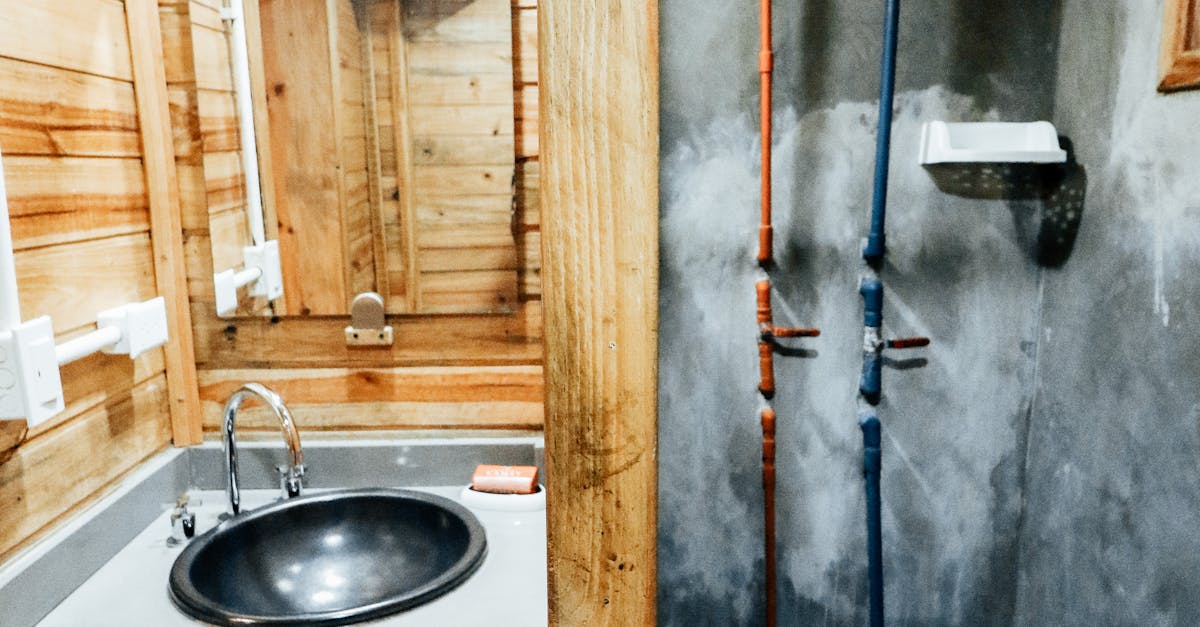
Table Of Contents
Fixing a Dripping Tap
Leaking taps are a common household issue that can lead to water wastage and increased utility bills. Before attempting any repairs, it's essential to assess the type of tap you are dealing with, as different types have unique mechanisms. Most kitchen and bathroom taps can be repaired by replacing washers or seals, while others may require more extensive maintenance. Familiarising yourself with the components can simplify the repair process.
When fixing a dripping tap, turning off the water supply is generally recommended to avoid unwanted spills and flooding. Depending on the tap type, you might have to access the screws or fittings to remove the handle carefully. Once you have access to the internal parts, inspect the washers or O-rings for signs of wear and tear. Replacing these simple components often resolves the dripping issue, making your tap functional again without the need for professional help.
StepbyStep Repair Guide
To begin the repair of a dripping tap, you should first ensure you have all the necessary tools on hand. Common tools include a screwdriver, adjustable wrench, and potentially a towel to catch any excess water. It is advisable to turn off the water supply at the mains to prevent further leakage while you work. If the tap you are fixing is a compression tap, you may also need to remove the handle to access the valve seat. Leaking taps often require the replacement of rubber washers or O-rings, which may be the cause of the drip.
Once you have gathered your tools and turned off the water supply, the next step involves disassembling the tap carefully. Start by removing the handle, taking care not to damage any surrounding fittings. Once the handle is off, check for visible signs of wear or damage around the washers and seals. If the components appear damaged, replacing them will often resolve the issue. After replacing any faulty parts, reassemble the tap in reverse order and gradually restore the water supply. This methodical approach ensures that leaking taps are fixed effectively, minimising the risk of future leaks.
Testing the Repair
After completing the repair on a dripping tap, it is essential to test the functionality of your work. Turn the water supply back on gradually and closely observe the tap for any signs of leaks. Ensure that the newly replaced washer or cartridge is seated correctly and sealed tight. Check both the hot and cold water taps, as leaking taps can often occur in one or both of them.
Once the water is flowing, allow it to run for a few moments. Look for drips or puddles forming around the base of the tap. No leaks should be present if the repair was successful. If water continues to escape, it might indicate an issue with the repair or the need for additional components. Reassessing the fix will help confirm that the repair has effectively addressed the problem of leaking taps.
Ensuring the Tap is LeakFree
After you have completed repairs, it’s important to thoroughly test the tap to ensure it is leak-free. Turn the water supply back on gradually. This will help you monitor the tap for any signs of dripping or unwanted leaks immediately after the repair. Allow the water to run for a minute to check for consistent flow and to observe if any leaks develop during this time.
Leaking taps can often be a sign of larger plumbing issues if they persist despite your best efforts. Pay attention to the area around the tap and the underneath fixtures for any moisture or water accumulation. If you notice any unusual dampness, it might indicate that the repair wasn’t effective or that there are other complications that need to be addressed. Keeping an eye on the tap over the following days will help you confirm its reliability.
When to Call a Professional
Not all tap repairs are suitable for DIY enthusiasts. If you encounter persistent problems with a dripping tap after multiple attempts at fixing it, it may be time to consider professional help. Leaking taps can sometimes be symptomatic of larger plumbing issues that require specialised skills and tools. Plumbing professionals can accurately diagnose the problem and ensure that it is resolved correctly, preventing further damage to your plumbing system.
Inconsistent water flow or sudden bursts of water are also indicators that the situation may be beyond a simple fix. If you find that your leaking taps are accompanied by unusual noises or water pressure fluctuations, seeking expert assistance is advisable. Professional plumbers are trained to handle these complexities and can offer long-term solutions to prevent future leaks and associated problems.
Signs You Need Expert Help
There are times when a leaking tap can indicate more serious plumbing issues that require professional intervention. If you notice significant water pooling around the base or persistent leaks that do not improve with basic repairs, it’s wise to seek help. Persistent dripping, especially if it results in increased water bills, may suggest underlying problems within your plumbing system.
Another sign that you should consult an expert is when you feel uncertain about tackling the repairs yourself. If your attempts at fixing the leaking tap have not resolved the issue and you feel overwhelmed or lack the necessary tools, calling a professional can save time and prevent further damage. Professionals possess the expertise to diagnose and address issues that may not be immediately visible to a homeowner.
FAQS
Do I need to turn the water off before fixing a dripping tap?
Yes, it’s highly recommended to turn the water off before attempting to fix a dripping tap to prevent water from leaking while you work on it.
How do I turn the water off for my tap?
You can usually turn off the water supply by locating the shut-off valve under the sink. Turn the valve clockwise until it’s fully closed.
What if my tap is still dripping after I’ve made repairs?
If your tap continues to drip after repairs, it may indicate that the problem wasn’t fixed properly, or that there are additional issues, such as worn seals or needing a new washer.
Can I fix a dripping tap myself or should I hire a plumber?
If you are comfortable with DIY repairs and have the right tools, you can attempt to fix it yourself. However, if you’re unsure or if the problem persists, it’s best to call a professional plumber.
Is it safe to leave the water on while I try to fix the tap?
It’s not advisable to leave the water on while fixing a tap, as it could lead to water damage or a bigger mess if the repair doesn’t go as planned. Always turn off the water supply first.
